One of the most common questions that arise when discussing fingerstyle is if you should use nails or flesh when playing.
Nails require you to either grow out your fingernail or apply acrylics whereas flesh doesn’t require any additional maintenance except for cutting the nails.
You may be asking, what are the main differences and advantages/disadvantages between the two?
Nails
Right off the bat, nails are going to provide a brighter tone due to the material that is striking through the string. With proper shaping and filing technique the nails could provide a warmer tone. This requires several adjustments with the filing of the nail in order for the nail to come out just right for your specific right hand technique. There are many different angles & approaches but all have the same principle.
This picture demonstrates a good nail length and shaping to start with:
Flesh
This route is the most common to start with, as it doesn’t require any additional work in order to play fingerpicking guitar. If we forget the nails and disregard any artificial product we use our flesh to fingerpick. The flesh provides a much warmer tone and less volume as well as dynamic range since it’s not likely to project as well as nails.
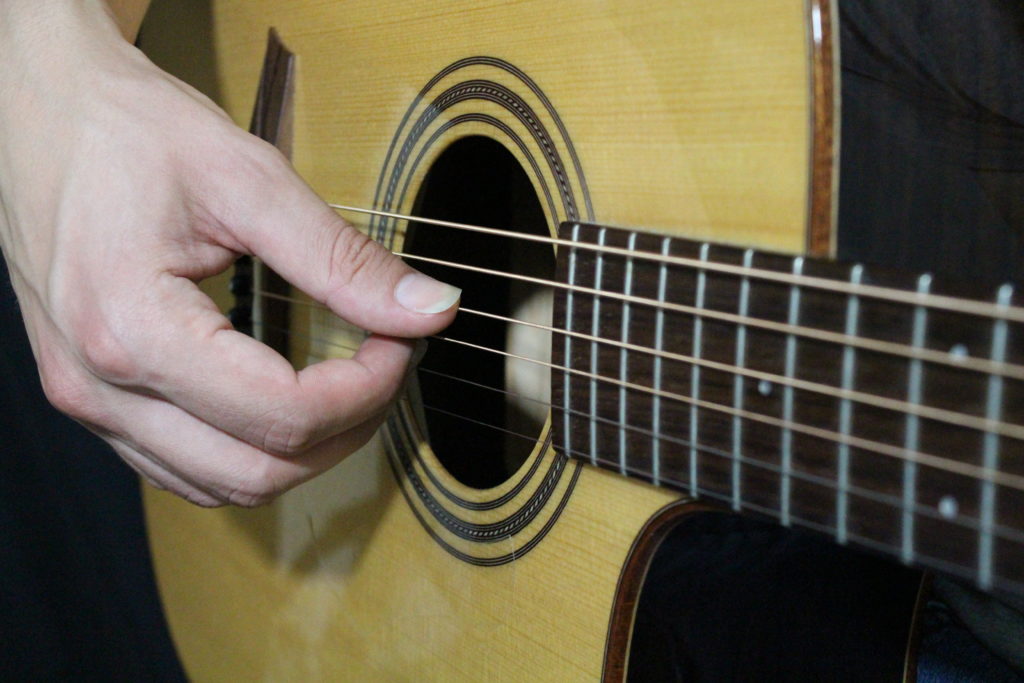
Here is a video on nail shaping I recommend:
Deciding on your nails or flesh is based on your personal taste and the sound that you’re trying to achieve. If you were a fingerstyle player or classical guitar player it is recommended that you at least try the nails and see if they’re a good fit for you. If you have brittle nails, there are hardening products and vitamins that can help to be able to strengthen them.
Learn more about technique through our FREE Fingerstyle Workbook!
FOLLOW US ON
Get our FREE Fingerstyle Workbook!
RELATED BLOG POSTS
Introduction to Fingerstyle Guitar: Beginner-Friendly Lessons
Learning fingerstyle guitar is a rewarding journey, and it all starts with the basics. If you’re just starting, understanding fingerstyle techniques will set the foundation for your musical growth. This post will guide you through the core elements of fingerstyle guitar, including hand positioning and beginner-friendly patterns.
What is Fingerstyle Guitar? Fingerstyle guitar involves plucking the strings with your fingers, rather than using a pick. This allows for more nuanced control over the melody and rhythm, creating intricate, beautiful sounds. A typical fingerstyle player uses their thumb for bass notes (the lower strings) and their fingers (index, middle, and sometimes ring) for melody and harmony (higher strings).
Proper Hand Positioning To get started, ensure your hand is relaxed, with your thumb hovering near the lower strings (E, A, D) and your fingers over the higher strings (G, B, E). Your thumb should alternate between bass notes, while your fingers pick out the melody and harmony.
Basic Fingerpicking Patterns The simplest pattern to start with is the Travis picking pattern, where your thumb alternates between bass strings (E, A, D), and your fingers pick out the higher strings. Start with this pattern and gradually build up to more complex variations.
The Evolution of Fingerstyle Guitar: From Classic to Contemporary
Fingerstyle guitar has evolved through the years. Here’s how it developed:
1. Classical Fingerstyle
Pioneered by Andrés Segovia, classical fingerstyle involved intricate melodies and complex finger movements.
2. Blues Fingerstyle
Blues artists like Robert Johnson and Mississippi John Hurt brought fingerstyle to the forefront with iconic sounds.
3. Modern Fingerstyle
Artists like Tommy Emmanuel and Andy McKee have popularized modern fingerstyle with fast, percussive techniques.
Fingerstyle continues to evolve, blending tradition with innovation to create exciting new sounds.
How to Use Fingerstyle Guitar to Accompany Your Voice
Fingerstyle guitar can enhance your vocal performance. Here’s how to combine both effectively:
1. Keep the Rhythm Steady
Use your thumb to maintain a strong bass while your fingers pick the melody, allowing you to focus on singing.
2. Focus on Simple Patterns
Start with basic patterns like Travis picking, and add complexity once you’re comfortable.
3. Add Harmonies
Once you’ve mastered the basics, complement your voice with harmonies and chord embellishments.
4. Play with Dynamics
Use dynamics to mirror the song’s emotional flow—soft for verses, louder for choruses.

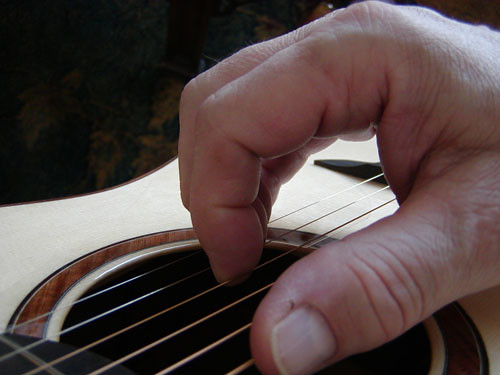
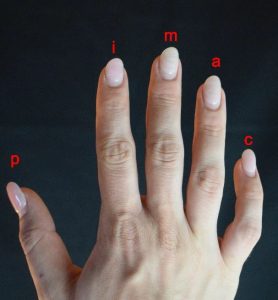
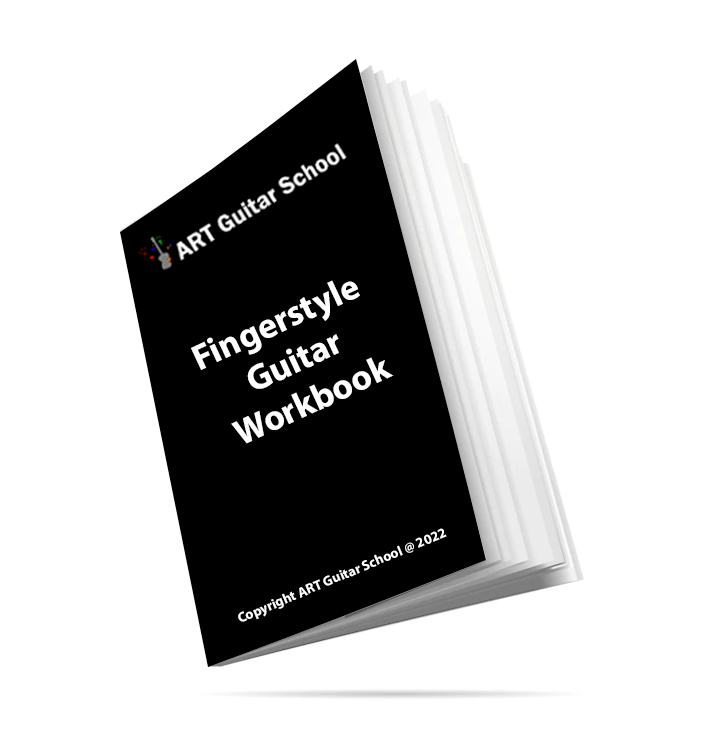
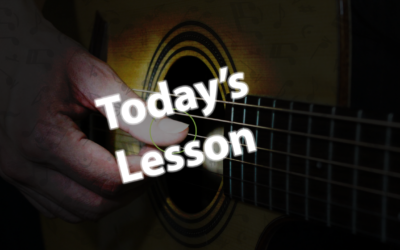
0 Comments